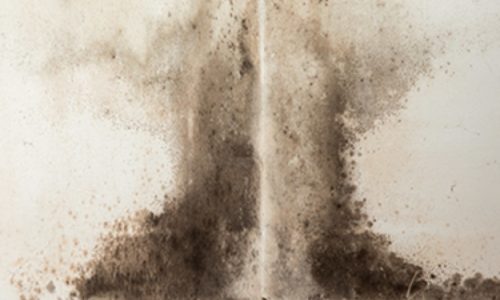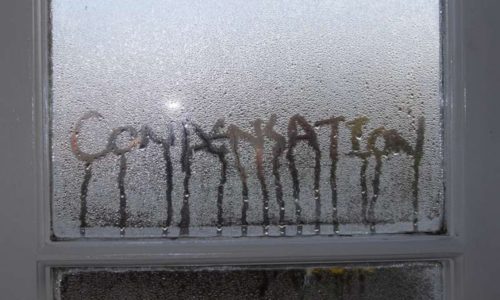What Is Woodworm / Wood Worm?
A wood boring insect and the wood-boring larva of the beetle. Insects penetrate wood and the damaged condition of wood resulting from infestation. Buildings suffering from dampness, woodworm, and wood rot are a target of Woodworm
Common causes of wood worm.
Any beetle that attacks timber, woodworms cannot be underestimated, this being the reason property owners are encouraged to take all possible steps to prevent the emergence of woodworm.
Woodworms are typically in to damp environments. The presence of leaks and even improper building material installation or decay in wood that will attract woodworm, with the possible manifestation of mould and mildew.
Driftwood, firewood, even untreated treated furniture can invite woodworm into your home. Firewood and kindling twigs, on the other hand, should be kept outside the property, or at the very least in a separate, possibly secluded area.
Proper maintenance pieces of furniture should be varnished from time to time, otherwise they are easy targets for woodworm, treat them with insecticides.
Woodworm can have an impact on the future of one’s property and its value.
Some pieces of furniture can suffer reoccurring infestations of woodworm.
It could even be argued that reoccurring infestations are much easier. Woodworm beetles have been known to lay eggs into pre-existing boreholes in wood, especially those where other adult beetles emerged. Those eggs will eventually hatch, the emerging grubs growing even as they eat their way through the damp wood.
Upon developing into adult beetles, they are bound to lay their own eggs into the same piece of wood, in this way repeating a cycle that will unleash all manner of devastation upon the property in question.
It is important to keep in mind the level of destruction woodworm can cause; nothing is off limits, not the joists or internal walls or even the skirting walls. Taking proper preventative measures can allow one to escape the expenses that can result


